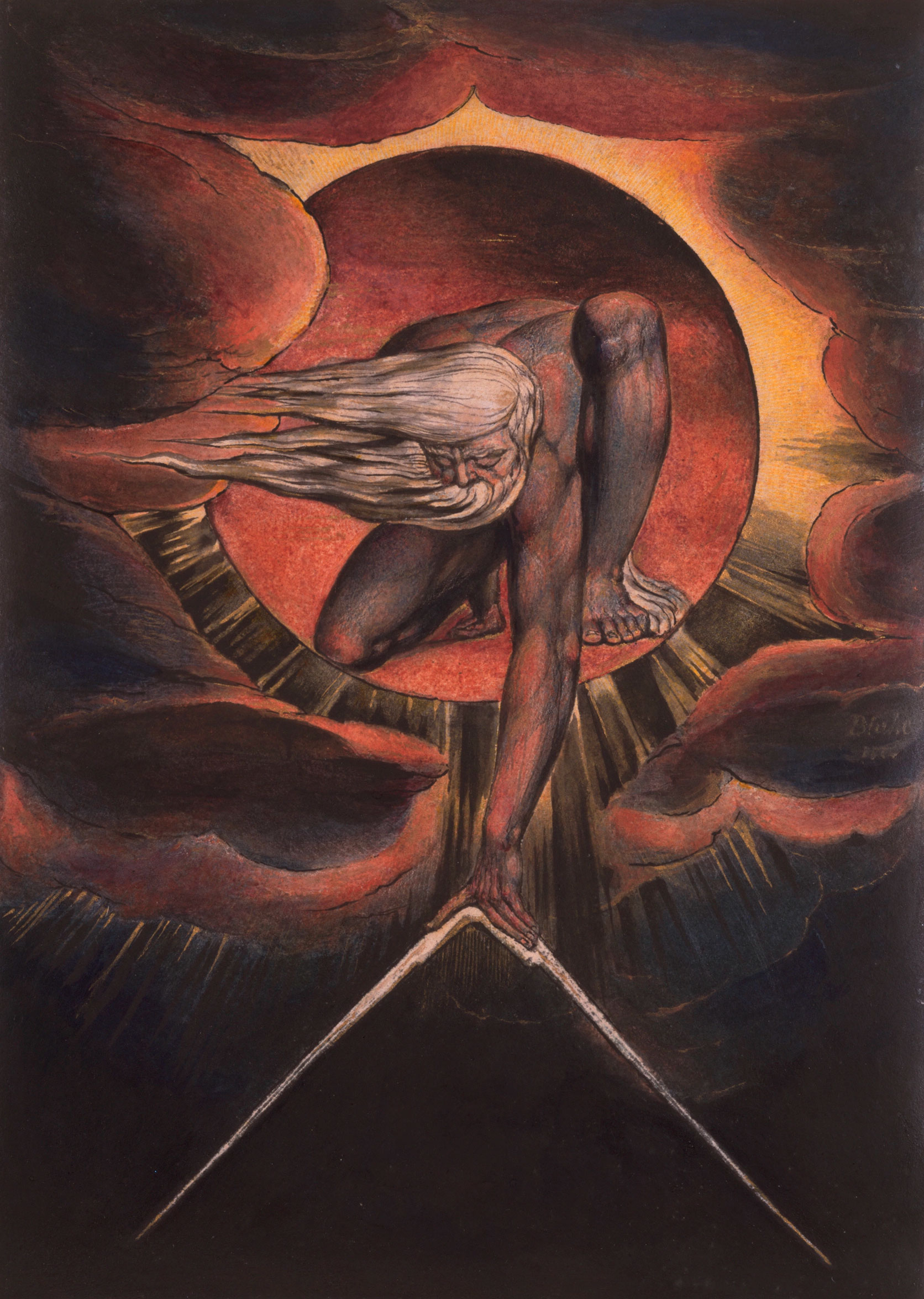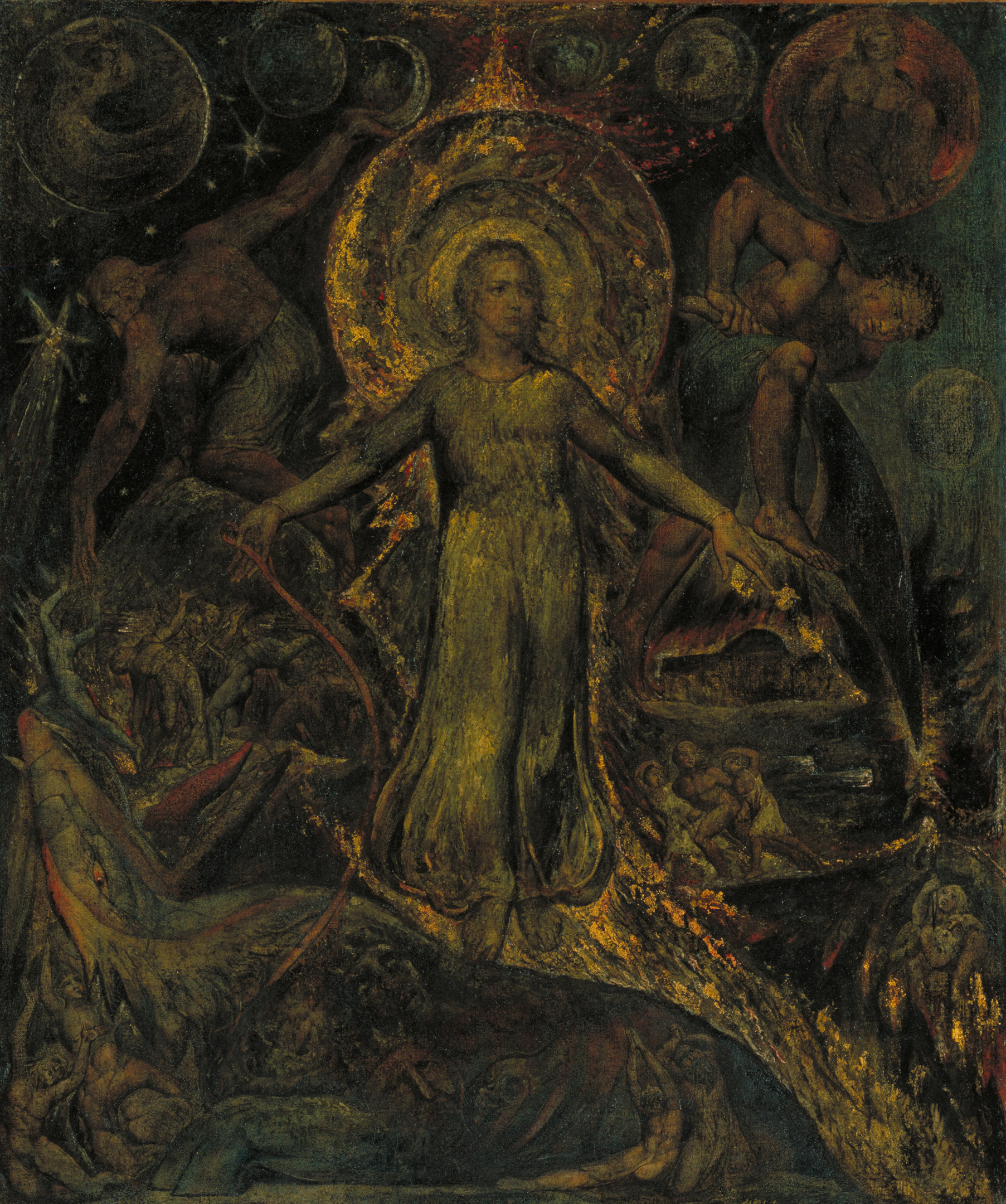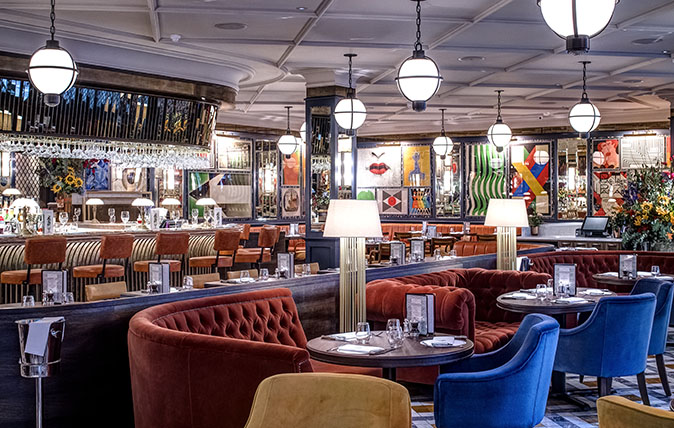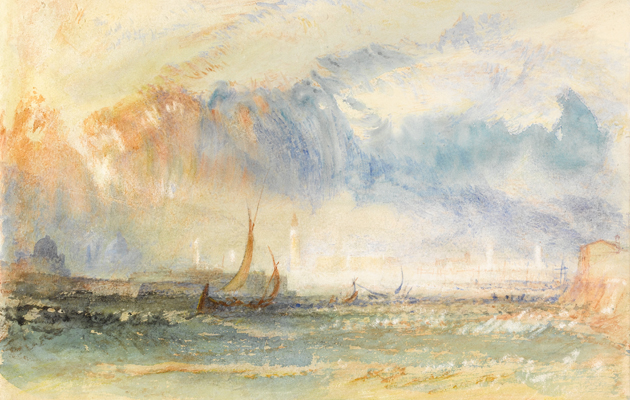In Focus: Williams Blake's ill-fated solo exhibition which left him earning a living as a copy-engraver while his art went unnoticed
The Tate's new William Blake exhibition looks at the artist's achievements — but also at his disastrous 1809 exhibition, the show which tried and failed to win him a great reputation as a painter. Andrew Loukes explains more.


Late in his life, William Blake told the journalist Henry Crabb Robinson how, years earlier, he had been set on course to become an artist. He recounted to Robinson how a visiting spirit had offered the advice: ‘Blake, be an artist & nothing else.’
Blake, however, largely made a living as a copy-engraver. The visionary poetry and visual imagery that we know today went largely unnoticed in his own time.
Yet more than anything, it was as a fine artist that he wanted to succeed and Tate Britain’s ‘William Blake’ exhibition — which runs until February 2, 2020 — sets out to reimagine his art as he intended it to be experienced. The new survey features more than 300 exhibits and ranges from iconic images, such as his vision of the creation in The Ancient of Days, to rarely seen examples from American and Australian collections.
The most explicit manifestation of Blake’s aspirations as an artist came in the ill-fated solo exhibition of 1809, which he mounted in rooms above the shop in Broad Street, Soho, where his brother James had taken over the family haberdashery business.
This ‘Exhibition of Paintings in Fresco, Poetical and Historical Inventions’ comprised 16 paintings and lasted for more than a year. Entry cost one shilling, pointedly the same as the infinitely bigger Royal Academy Summer Exhibition, with the explanatory catalogue priced at a further 2½ shillings.
Probably due to a combination of these uncompetitive prices, Blake’s obscurity and the venue’s unfashionable address, very few people visited the show and it received only one solitary — and negative — review.
'Tate Britain has gone some way to realising Blake’s unfulfilled ambition by digitally enlarging and projecting the works at the vast scale that was imagined by the artist'
None of the previous Blake retrospective exhibitions (including four at Tate since 1913) have so fully featured this project, such a central declaration of the artist’s professional intent. The current show reunites eight of the surviving exhibits alongside contextual objects and re-creates the domestic space of Broad Street to evoke something of the original experience — albeit with considerably more fellow visitors for company.
Exquisite houses, the beauty of Nature, and how to get the most from your life, straight to your inbox.
For two of the works that were exhibited in Soho and are now on show at Tate Britain, Blake had especially grand designs. The Spiritual Form of Nelson Guiding Leviathan and The Spiritual Form of Pitt Guiding Behemoth were meant to secure, in his own words, ‘a national commission to execute these two Pictures on a scale that is suitable to the grandeur of the nation, who is the parent of his heroes, in high-finished fresco’.

Tate Britain has gone some way to realising Blake’s unfulfilled ambition by digitally enlarging and projecting the works at the vast scale that was imagined by the artist. At this size, it becomes even more apparent how Blake positions both the hero of Trafalgar and the ex-Prime Minister as ‘anarchic warmongers’ — as his depictions of them are described in the excellent accompanying catalogue by Tate curators Martin Myrone and Amy Concannon.
Despite Blake’s patriotic intentions, these anti-Establishment portrayals were never likely to bring about the state sponsorship he desired, even had their initial exhibition in small format in Soho received any kind of influential audience.
At the other end of the scale, the new exhibition includes some of the artist’s hand-coloured books in their original bound form, so that we can appreciate how the plates were intended to be experienced. (Inevitably, the effect of these works of art is altered when dismembered pages from his books are exhibited as framed prints, as they so often are when encountered by a modern audience.)
Other themes explored here include Blake’s relationship with the RA, which partly fired his intention to tackle grand themes in art and his patriotic purpose. Some of his student drawings and RA exhibits are also on show. The impact of London on Blake’s art is made apparent and there is an overdue reappraisal of the role played by his wife, Catherine, in both the creation and promotion of his work.
Most of all, this compelling exhibition compounds our appreciation of Blake’s extra-ordinary sense of design and his skill as a colourist. It also shows his commitment to championing the role of art in society. The experience leaves us in no doubt that Blake was, indeed, an artist.
William Blake is at Tate Britain, London SW1, until February 2, 2020. Adult tickets £18, free for members — www.tate.org.uk.

The Ivy Soho Brasserie review: Room to relax in a Blake-inspired space
The Ivy Soho Brasserie is the latest restaurant from the Ivy family. Rosie Paterson paid a visit.

Exhibition review: William Blake at the Ashmolean, Oxford
Martin Gayford reviews William Blake at the Ashmolean Museum in Oxford.

Watercolour: Elements of Nature at the Fitzwilliam Museum, Cambridge
Exquisite works from one of the world’s finest collection of watercolours.
Country Life is unlike any other magazine: the only glossy weekly on the newsstand and the only magazine that has been guest-edited by His Majesty The King not once, but twice. It is a celebration of modern rural life and all its diverse joys and pleasures — that was first published in Queen Victoria's Diamond Jubilee year. Our eclectic mixture of witty and informative content — from the most up-to-date property news and commentary and a coveted glimpse inside some of the UK's best houses and gardens, to gardening, the arts and interior design, written by experts in their field — still cannot be found in print or online, anywhere else.
